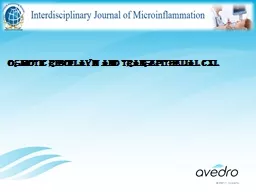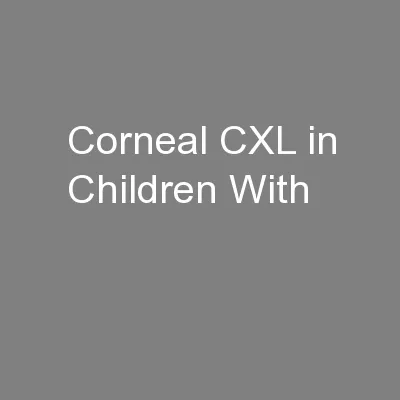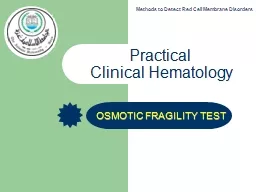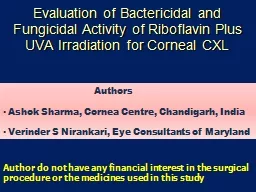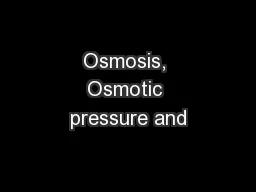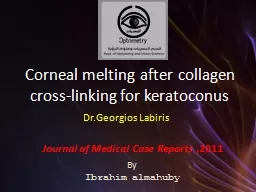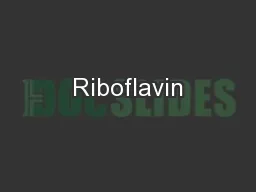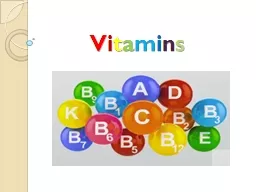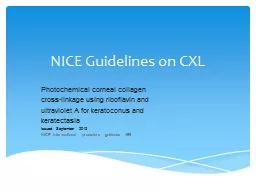PPT-Osmotic Riboflavin and transepithelial CXL
Author : conchita-marotz | Published Date : 2016-07-05
2011 Avedro Riboflavin and the eye Riboflavin plays an important role in a number of important ocular functions including the functioning of the retinal photoreceptors
Presentation Embed Code
Download Presentation
Download Presentation The PPT/PDF document "Osmotic Riboflavin and transepithelial C..." is the property of its rightful owner. Permission is granted to download and print the materials on this website for personal, non-commercial use only, and to display it on your personal computer provided you do not modify the materials and that you retain all copyright notices contained in the materials. By downloading content from our website, you accept the terms of this agreement.
Osmotic Riboflavin and transepithelial CXL: Transcript
Download Rules Of Document
"Osmotic Riboflavin and transepithelial CXL"The content belongs to its owner. You may download and print it for personal use, without modification, and keep all copyright notices. By downloading, you agree to these terms.
Related Documents

